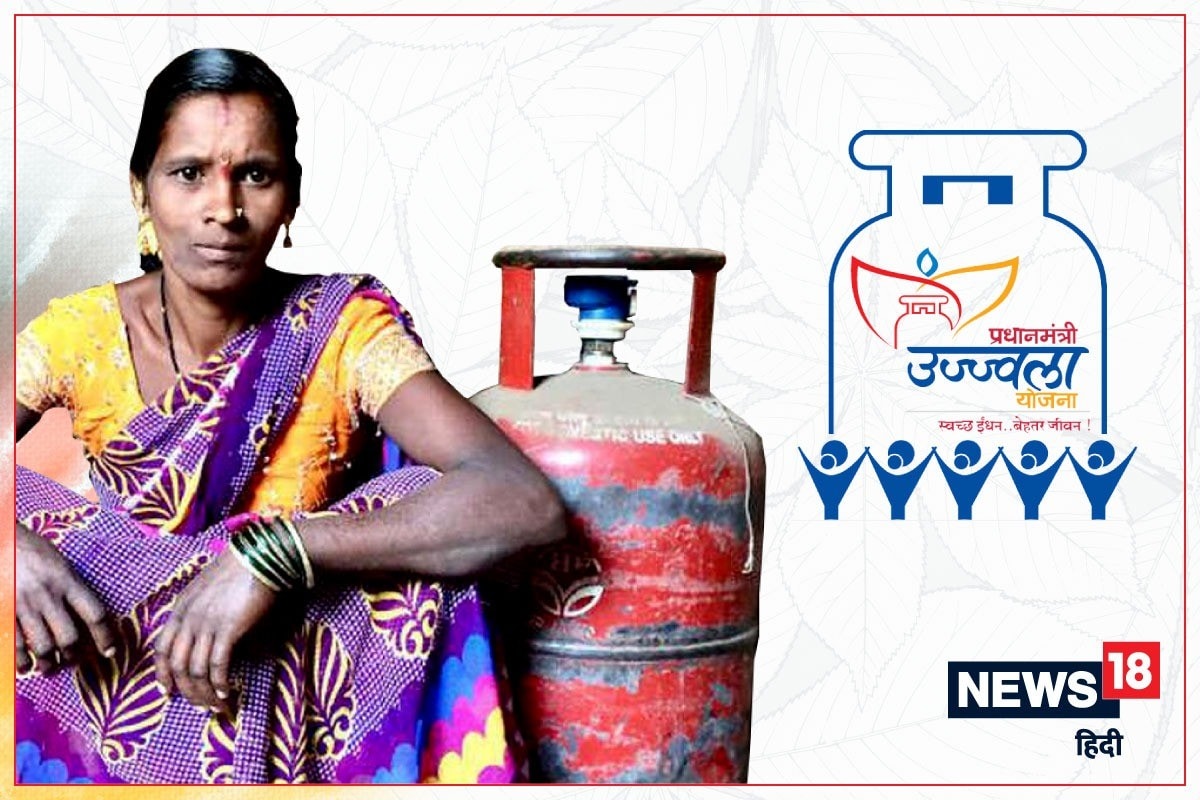Times When Narendra Modi’s Schemes Have Seen Pan India Protests
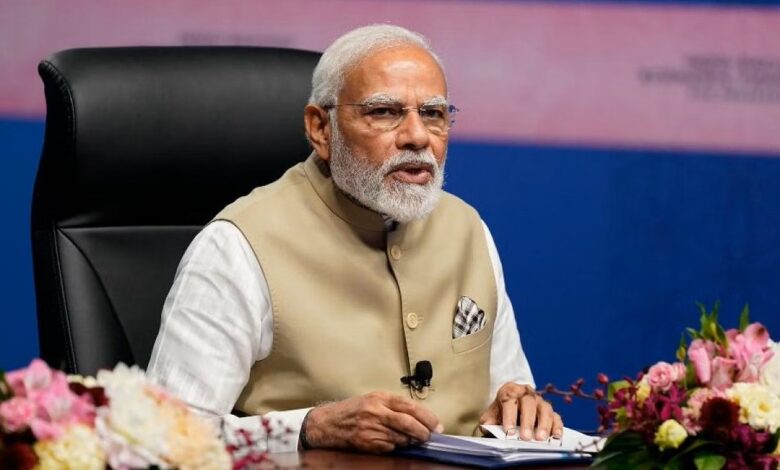
PM Narendra Modi‘s schemes have contributed a lot to all the protests happened in India. Many were put to death in these protests, students were unable to attend schools, and the public infrastructure suffered a lot.
Narendra Damodardas Modi became the 14th Prime Minister of India on 26 May 2014. He is currently the 4th longest-serving Non-Congress Prime Minister of India. After coming to power, PM Modi introduced a lot of schemes like the NITI Aayog, Ujjwala Yojana, abolition of Triple Talaq, Sarv Shiksha Abhiyan, Swachh Bharat Abhiyan, demonetization, Citizenship (Amendment) Act, New Education Policy, New Farm Laws, Agnipath Scheme, etc.
PM Narendra Modi’s schemes are not always successful, and this can be seen, especially in the case of three main schemes- CAA 2019, Farm Bills 2020, and the very recent Agnipath 2022.
Find out what went wrong with Narendra Modi’s schemes:-
1) CAA ( Citizenship Amendment Scheme), 2019– this act aims to grant citizenship to migrants belonging to Hindu, Sikh, Buddhist, Jain, Parsi, or Christian communities from Pakistan, Bangladesh, and Afghanistan, who migrated to India before the 31.12.2014 and who have been exempted by the Modi Government under the clause.
People granted citizenship under this act will no longer be seen as illegal migrants. Jews and Muslims are, however, left out, officially stating a discriminatory policy against Islam and Judaism.
Protests against CAA were being held all over India.
The state of Assam had an early start, followed by the other north-eastern states. The people of Assam were not happy about the fact that thousands of non-Muslim immigrants from Bangladesh would become legal citizens of India.
The army was deployed to control the protests, and Railways and some airlines were suspended due to the protests. Many people were arrested and cases were being registered against them for making provocative and offensive remarks and disturbing the peace in the state.
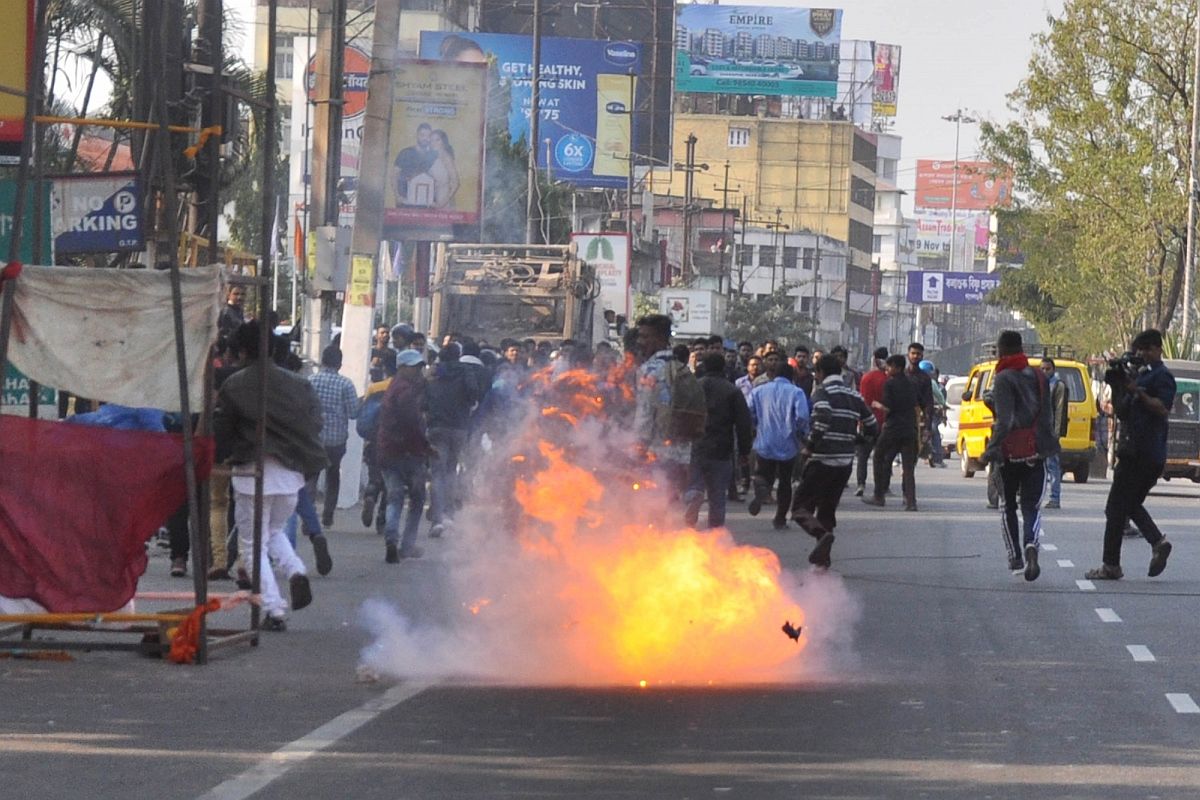
Muslims were infuriated by this scheme, them being an exception, they felt that the National Register of Citizens (NRC) would not consider them the citizens of India. Students from Jamia Milia Islamia University started marching toward the Parliament to protest against the CAA.
Many students were injured and some were detained. Bollywood celebrities like Rajkumar Rao, Anurag Kashyap, and Swara Bhaskar supported the students and called the government “fascist”. It was followed by protests organized at Jawaharlal Nehru University and Aligarh Muslim University.
Many Delhi Transport Corporation busses were lit up, and public property, vehicles, houses, and shops were vandalized by anti-CAA protestors in North-east Delhi, especially Shaheen Bagh. In the meantime, the government remained silent and asked the forces to take control.
Schools and markets remained shut down for nearly five months due to the protests that severely affected the financial conditions of residents of the area. According to the reports, Indian Railways suffered losses of around Rs90 crores in property damages due to the protests.
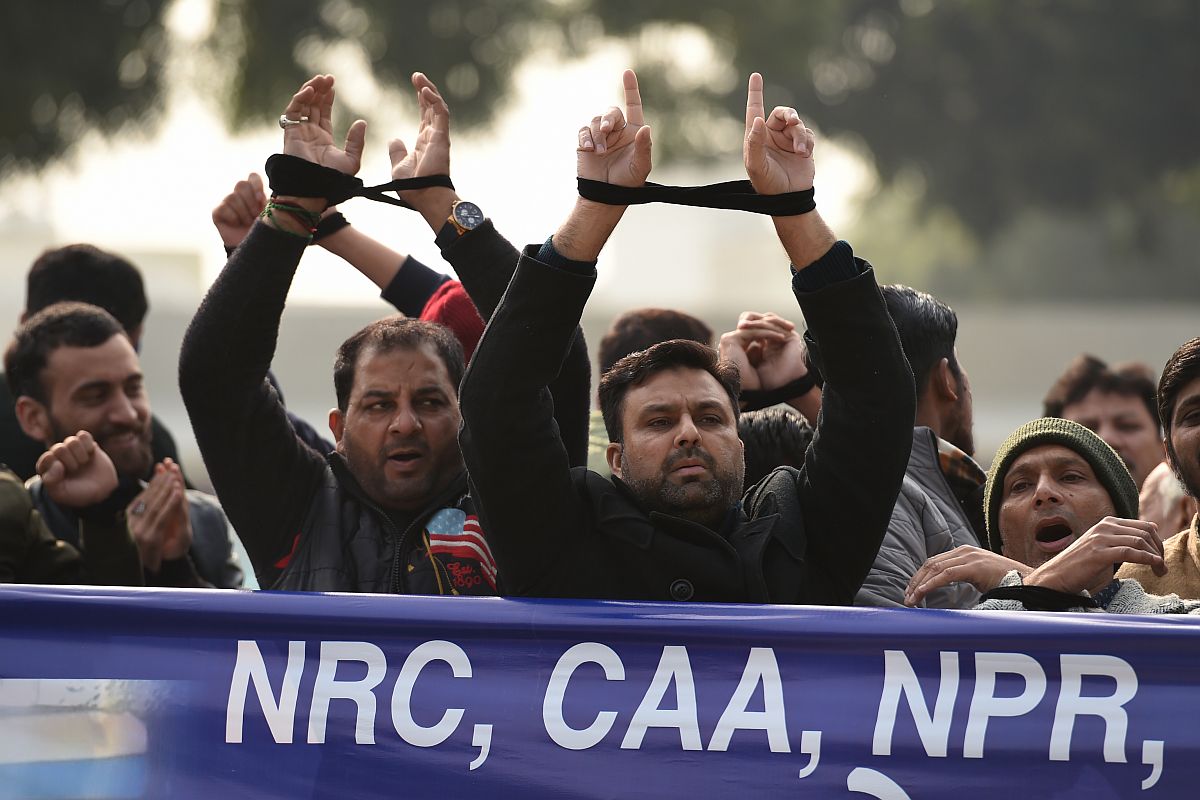
The states of Rajasthan, Kerela, West Bengal, Maharashtra, Jharkhand, and Chattisgarh, ruled by parties that oppose the BJP, refused to implement the act. The scenario was very different in BJP-ruled states as, 21 people were killed by police firing guns during the protests in Uttar Pradesh, 5 in Assam, and 3 in Karnataka. Narendra Modi led BJP government remained unmoved and persistent in its belief that it would unify the Hindu base in the country.
2) Farm Bills, 2020- The Central Government introduced three new laws related to agriculture and pricing in 2020. These laws are:
i) Farmer’s Produce Trade and Commerce (Promotion and Facilitation) Law 2020– According to this law, farmers can freely sell their products anywhere and to anybody at all. This law promotes “outside-trading area” trade and electronic trading.
ii) Farmers (Empowerment and Protection) Agreement of Price Law and Farm Services Law 2020– This law promotes contract farming, determines the sale price, and provides a three-level dispute settlement mechanism. It enables the farmers to engage with Agri-business companies, retailers, and exporters directly and gives them access to modern technologies and crop varieties.
iii) The Essential Commodities (Amendment) Law 2020– This law is a development of the Essential Commodities Law 1995. This new extension has provided the market with no restrictions under normal conditions.
Under this law, the earlier stipulation of stock limits is out of the window and, may only be enacted if- a 100% rise in the retail price of horticulture crops or a 50% rise in retail prices of non-perishable crops is registered.
These new farm laws turned out to be very problematic for the farmers. They were not so supportive of this scheme, which led to the farmer’s protest.
Farmers depending on the Minimum Support Prices (MSP) and the government would be severely affected by this law. It is mainly because the MSP regime provides insurance to farmers against the price collapse, at least for rice, wheat, and a few other crops. However, this law does not mention the continuation of the MSP in writing.
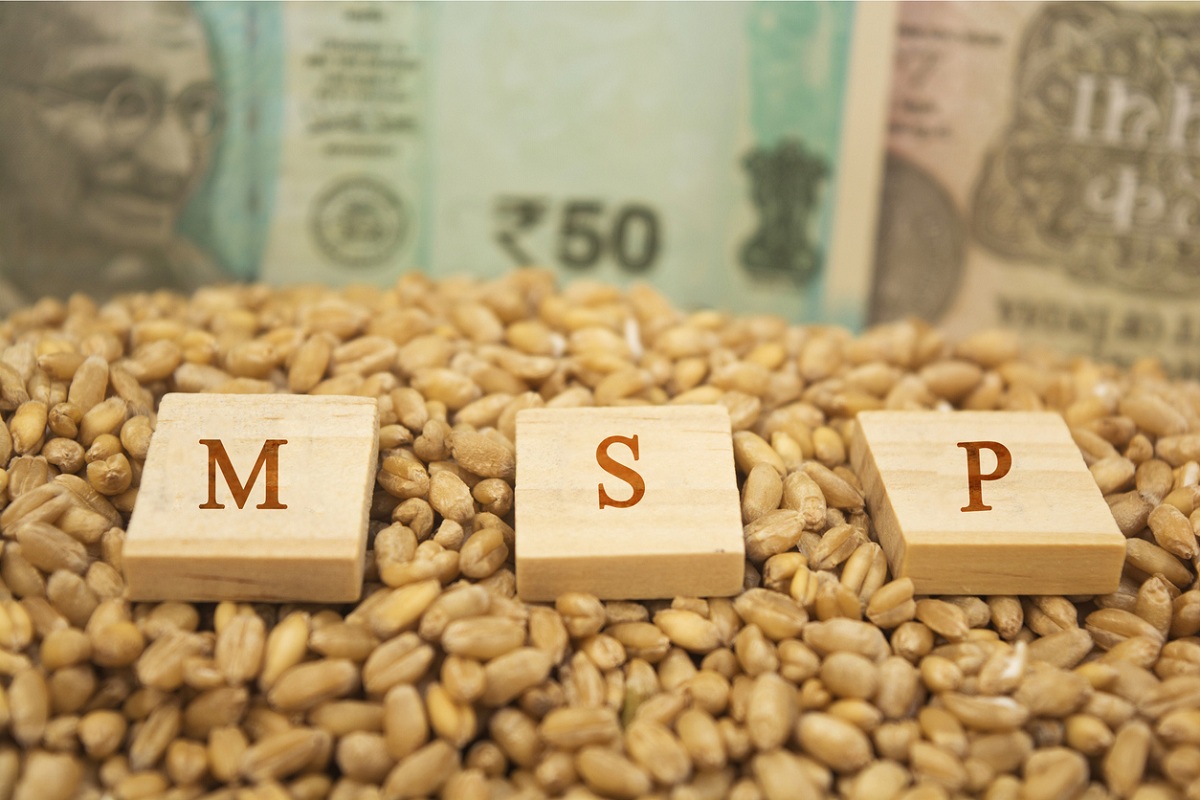
A truckload of infrastructural facilities mentioned in the law, for example, e-Market facilities, requires time to be implemented. Indian farmers are not so educated and technically skilled to understand these changes. The Modi government, however, only focused on the laws and not the people.
In situations of excess supply, the prices of agricultural products could fall sharply. For example, if there is an excess of Barley in Rajasthan, and the demand for the same is high in Chhattisgarh, stock of Barley will be dispatched from Rajasthan to Chhattisgarh. It made many farmers believe that these transportation costs would be taken out from farmer’s profit, as they are the weakest link in the chain.
The above-stated laws were assumed to affect small and marginal farmers adversely, rather than helping them.
All these things led to the farmer’s protest. At first, the protests were held locally by farm unions of different areas but soon after a couple of months, farmers, mainly hailing from Punjab, Haryana, and Uttar Pradesh started moving their protests to Delhi.
On 26 January 2021, after the Republic Day Celebrations, tens of thousands of farmers began entering the national capital with a long convoy of tractors and horses in protest of the laws. The protestors started damaging public property and breaking the police barricades at ITO Metro Station and City Centre.
The farmers also started marching towards the Red Fort with swords and horses. One of the farmers was spotted climbing the flagpole in front of the fort, removing the National flag and hoisting the religious flag of Nishan Shahib on the flagpole.
It led to the clash between farmers and the police forces. Around 350 policemen and thousands of farmers were injured badly. In addition, many police vehicles found were destroyed and Delhi Transport Corporation busses were wrecked, because of the protestors.

The government held ten rounds of talks with the farmers. The first round of talks was held on 14 October 2020, which turned out to be non-conclusive as the agricultural minister Narendra Singh Tomar was not present.
It went on till 19 November 2021, when finally PM Narendra Modi announced the taking down of the Farm Bills 2020. He stated, “despite all our efforts we have failed to explain the benefits to the farmers. On the occasion of Guru Purab, the government has decided to repeal the three farm laws.”
However, due to the failure and lack of communication, the Centre Government failed to explain the significant benefits of farm laws to the farmers.
3) Agnipath 2022– This scheme is a recruiting scheme for Indian citizens to join Indian Military Forces ( Indian Army, Indian Navy, Indian Airforce). Agnipath scheme is introduced, by the Centre Government, to train the youngsters of the country. It also focuses on reducing pension and retirement costs. The candidates should be between the age of 17¹/² years and 23 years and be able to clear the physical and medical tests and the training program.

The service period will be four years. This period is a subject of concern to every candidate who wishes to join the military forces as after four years, they will have to look for another job again. It may also lead to a lack of military culture and professionalism, not to mention unemployment in the country.
Feeling apprehensive about unemployment, many youngsters have started protesting against this scheme. The states of Bihar, Uttar Pradesh, Haryana, and, Uttrakhand are the main centers of the protest. The protestors are demanding an immediate annulment of the scheme.
Amid protests, public properties vandalized, and trains burnt to frazzle are becoming unremarkable activities of the protestors in many parts of Uttar Pradesh and Bihar. In response to this, the Indian Military Forces announced that they would not recruit anyone against whom an FIR is filed. Many trains are called off, because of the ongoing protests in the country, especially in the Northern and Eastern parts.

Lt Gen Anil Puri, MoD, stated, “This scheme is designed for youth. By going to the streets, they are only wasting their time. They should spend this time getting themselves ready physically. I appeal to them to start preparing”.
Fake news is spreading rapidly about the scheme, and 35 WhatsApp groups are banned for the same. Some coaching centers are under suspicion of spreading misleading information, and even 45 people are taken into custody for doing so.
All these protests in just four years can be seen as a sign that the Modi government is not making rules in favor of the public, by keeping every basic need of citizens in mind. The CAA, Farm Bills, and Agnipath, all have failed to satisfy the citizens terribly.
The form of protests that are taking place are violent and not at all peaceful. People are destroying public property, which is our property. Rage and aggression is not the write answer to disagreement. The Modi government, however, is also at fault.
No one can ignore the fact that the government is the one who is making these Laws and Acts without actually considering what people want from them.
The Agnipath Scheme, for example, can be seen as a way of hiding unemployment in the country. Even after so many years of ruling and promising everyone about providing employment, the Narendra Modi government is repeatedly unable to do so.
The Narendra Modi Government should acknowledge everyone’s views and needs before actually implementing the rules and regulations. Communication is another thing that is not a strong point of the current government, and for them to understand citizens better, it should be a two-way improvised system. This can be beneficial for both government and the citizens of the country.

